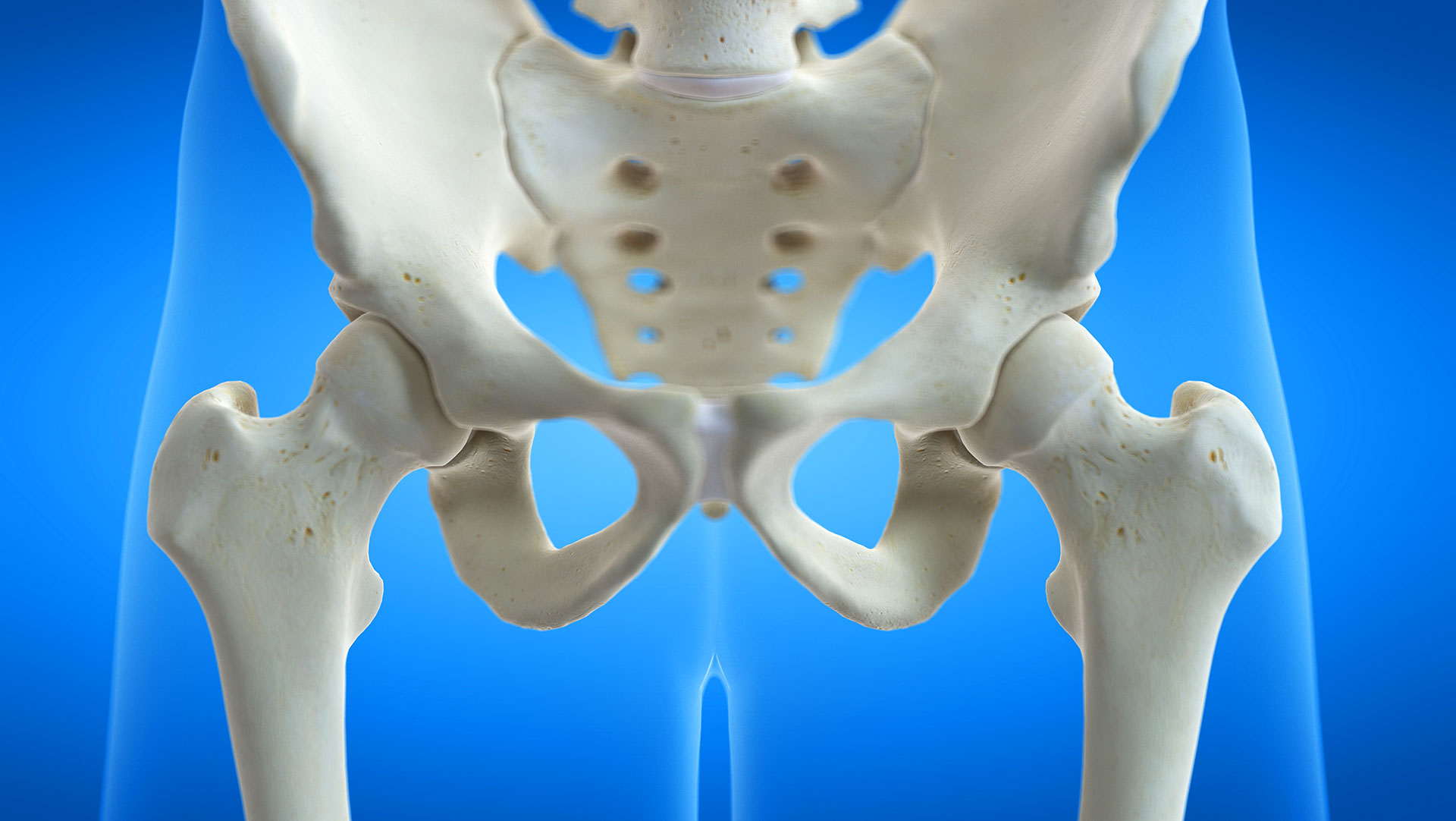
Sacroiliac Joint Ablations

What Are Sacroiliac Joint Ablations?
Sacroiliac (SI) joint ablation is a minimally invasive procedure designed to provide long-term relief from chronic pain caused by dysfunction or inflammation of the sacroiliac joints. Using radiofrequency energy, this technique targets the nerves that transmit pain signals from the SI joint, effectively “turning off” these signals to reduce discomfort and improve mobility.
How Does Sacroiliac Joint Ablation Work?
SI joint ablation focuses on disrupting the medial branch nerves that transmit pain from the sacroiliac joint to the brain. The procedure involves:
- Imaging guidance: Advanced imaging, such as fluoroscopy or ultrasound, is used to pinpoint the exact location of the nerves.
- Probe placement: A small, specialized needle is inserted near the targeted nerves.
- Radiofrequency treatment: Controlled radiofrequency energy heats the nerve tissue, stopping the transmission of pain signals.
- Long-term relief: The nerves’ ability to send pain signals is diminished, providing extended relief.
This process is precise and ensures that surrounding tissues remain unharmed.
What Conditions Can Sacroiliac Joint Ablation Treat?
Sacroiliac joint ablation is most commonly used to treat pain associated with:
- Sacroiliac joint dysfunction
- Arthritis or degenerative conditions in the SI joint
- Chronic pelvic or lower back pain linked to the SI joint
- Pain resulting from trauma or injury to the lower back
If other treatments, such as medications, physical therapy, or injections, have not provided sufficient relief, ablation may be an effective next step.
What Are the Benefits of Sacroiliac Joint Ablation?
SI joint ablation offers several advantages for individuals struggling with chronic pain:
- Minimally invasive: No large incisions or lengthy recovery periods.
- Long-lasting results: Pain relief can last six months to over a year.
- Precise targeting: Treats only the nerves causing pain, preserving healthy structures.
- Quick procedure: Typically completed in under an hour.
- Improved quality of life: Reduces pain, enhancing mobility and daily function.
Is Sacroiliac Joint Ablation Safe?
Yes, sacroiliac joint ablation is a safe and effective procedure when performed by trained medical professionals. Mild side effects, such as temporary soreness or numbness at the treatment site, are common but resolve quickly. Serious complications, such as infection or nerve damage, are rare.
What Should You Expect During and After the Procedure?
The procedure is typically performed on an outpatient basis and involves the following steps:
- Preparation: You’ll lie on your stomach or side while the treatment area is sterilized. A local anesthetic is applied to minimize discomfort.
- Imaging guidance: Your provider uses imaging technology to accurately locate the targeted nerves.
- Radiofrequency treatment: The needle delivers controlled radiofrequency energy to the nerves, disrupting their ability to transmit pain signals.
- Monitoring and discharge: After the procedure, you’ll be monitored briefly before being discharged.
Most patients can resume light activities within 24 to 48 hours, though strenuous activities should be avoided for a few days. Pain relief often begins within two to three weeks, as the treated nerves lose their ability to send pain signals.
Who Is a Candidate for Sacroiliac Joint Ablation?
This procedure is ideal for individuals who:
- Have chronic lower back or pelvic pain linked to SI joint dysfunction.
- Experienced temporary relief from SI joint injections, indicating the source of their pain.
- Want a long-term, minimally invasive solution to manage pain.
Your healthcare provider will assess your symptoms, medical history, and prior treatments to determine if SI joint ablation is right for you.
Take Control of Chronic Pain Today
Chronic pain from sacroiliac joint dysfunction can make daily life a struggle. Sacroiliac joint ablation offers a safe, minimally invasive, and effective way to achieve lasting relief and regain mobility. Consult your healthcare provider today to learn more about this innovative treatment and take the first step toward a pain-free future.
